In 2025, a cloud will cease to be a storage system but the very system in which virtually all the digital enterprises will operate. The cloud infrastructure is the most significant contributor to the digital innovation, which provides all, such as real-time analytics, assistance in the running of machine learning models, millions of users distributed worldwide.
However, as the applications get more and the users outnumber each other, each organization has to bear the woes that they have grown so accustomed to a sharp increase in traffic, poor utilization of the available resources, downtime and a high infrastructure cost. Proven solutions to such issues as manual scaling, static provisioning and reactive performance tuning are no longer available. With the nowadays digital economy there is a need to have a location of intelligent and prompt communicative systems that can be versatile.
In comes the artificial intelligence (AI) not as an add-On to the futuristic side of it all, but as a method and need to be able to deliver performance and scale in the modern cloud. The demand will be supported by the use of cloud environments, with capabilities related to AI and will self-optimize in real time, and according to workload distribution decisions that once needed a large sized workforce and costly.
The Performance Problem in Traditional Cloud Environments
Therefore, to begin with the key dilemma, performance management in the clouds is actually complex.
The cloud systems host thousands of microservices, containers and APIs in addition to thousands of users. The provision of services must also answer to demand as it fluctuates so that no infrastructure is over-utilised by the demand and hence as a result the resources are idle. Most of the companies nevertheless insist on employing the same old method of managing such work loads and use the rules based approach.
For example:
-
A fixed statute i.e. adding new servers when the CPU usage exceeds 80%.
-
A load balancer can provide requests round robin without taking into account the health of the servers or the geographical distance of various users.
-
It may require the engineers to peek dashboards and logs so as to derive causes of bottlenecks and tangent.
These are two deadly flaws regarding approaches:
-
They also happen to be reactionary in the sense that they address issues after issues have occurred.
-
They are founded on the logic that are not time sensitive as it does not consider real-time or even long-time sessions.
The result? The issues in the performance are identified way after the fact, the scaling occurs too late, the costs escalate due to either an over provisioning of the resources or wastage.
Where AI Enters the Picture
AI alters the state of affairs as it replaces reactive thinking with anticipation. It monitors systems 24/7, it gets to know about the current pattern, and it keeps constantly adjusting infrastructure in accordance with what is occurring at the moment and what is likely to happen in the days to come.
Artificial intelligence in cloud computing does not argue with a single task. It addresses an extremely vast range of functions in streamlining performance:
-
Smart Load Balancing: Send them to the server based on health and on the location of users along with their latency predictions.
-
Predictive Auto-Scaling: Evaluates changes in demand and puts in place resources before the peak.
-
Intelligent Caching: Informs on the frequently used content/data, and ensures that the same content/data is readily available.
-
Automated Tuning: Autotunes the machines in order to optimally run.
-
Self-Healing Infrastructure: Detects failures, or anomalies and acts autonomously, correcting them.
The AI abilities translate into higher response rates and higher uptime rates and more effective user experience.
Key Areas Where AI Boosts Cloud Performance
1. Real-Time Monitoring and Dynamic Response
2. Predictive Maintenance and Anomaly Detection
3. Application Performance Optimization
4. Enhanced Data Processing Efficiency
Key Areas Where AI Enhances Scalability
1. Elastic Resource Allocation
2. Multi-Cloud and Hybrid Cloud Management
In the example of the organizations whose work is carried out in more than one cloud, AI provides a central orchestration. It ensures elasticity (scale-out performance) as well as cost-effective automation of applications in compatible infrastructure, such as AWS, Azure, GCP, etc.
3. Container and Microservices Scaling
The workload prediction also entails allowing microservices to scale independently in Kubernetes-based settings through AI tools. Such a minute level of control helps in acquiring the optimum in performance and at the same time at minimal costs.
Use Case: E-Commerce Platform Handling Peak Season Traffic
The example would be a store on an online retail web page that is planning a holiday sale. Previously they would be expected:
-
Traffic forecasts Forecast traffic
-
Provide the servers with equipment beforehand
-
Health care of the system by inspectionMaintaining system health manually
-
Reactive problem solving
With AI:
-
The system learns automatically how the traffic was during the previous holidays.
-
Prediccive models of scaling prepare the infrastructure hours or days in advance.
-
Load balancers which are AI powered transmit traffic skillfully at the stage.
-
In an event of a slow-down in a server, the AI will redirect traffic instantly, and a new instance will be launched.
-
After the event, the decommissioning of unused resources is also achieved automatically to reduce cost.
How AI Helps Reduce Latency and Improve Uptime
Among these key performance parameters in the cloud the uptime and the latency are perhaps the most valuable. Latency may be reduced through AI by:
-
Bringing workdoors close to user using geo-aware distribution
-
The first priority is the routing on the best paths in the network
-
Skip overwhelmed services in proactive manner
Through AI, improvement of uptimes will be achieved by:
-
Detecting the point of failure before the outages
-
Instigating automated recovery or fail-over services
- Setting the service configuration so as to provide stability in bursts
Cost Optimization: Performance Without Overspending
Affordability is among the less obvious advantages of the AI-enabled performance and scaling. Traditional cloud systems are able to be installed with redundancies so as to avoid slows or downtime. It means that in majority of cases, the businesses incur expenses on not utilizing the capacity.
By:
-
precise matching of resources based on predictive models
-
Identification of idle or under used components
-
Automatic reallocation or turn off of idle resources
Leading Cloud Platforms with AI-Driven Scalability and Performance Features
It is on this basis that some of the most well known cloud service providers have incorporated AI to all of its products in an attempt to address these issues of latency, wastage of resources in addition to workload balancing. The main actors are discussed below in details.
1. Google Cloud Platform (GCP)
Google cloud is the leader in AI integration because of the rich knowledge in the field of deep learning, and the massive structure of the infrastructure. It offers auto-scaling, predictive work, and intelligent performance oversights that can be accomplished with machine learning.
Key Features:
-
Autopilot Mode for GKE: Auto-Scales Kubernetes
-
Vertex AI: train ML model on production
-
BigQuery ML: The machine learning powered by intelligence in data warehouses
-
Intelligent Load Balancing: Artificial Intelligence standards which consider monitoring as well as pre-predictive measurement
Best For:
Rich data application, AI first businesses, and analytics/machine learning product start ups.
2. Amazon Web Services (AWS)
The AWS has a solid portfolio of optimized capabilities of AI performance that includes an instance of serverless scaling through Lambda and the DevOps Guru, which is an installment of ML that monitors the healthiness of infrastructure.
Key Features:
-
Auto Scaling Groups: proactive scaling to scale up to traffic bursts
-
AWS Lambda: functions that are erverless and auto scaling
-
DevOps Guru: is trained to detect the anomalies performance and suggest solutions
-
CloudWatch with Anomaly Detection: Forecasting and monitoring metrics by AI
Best For:
Businesses having significant infrastructure and demanding a large-scale production are companies requiring fine details when managing DevOps and expecting sophistication within the DevOps environment.
3. Microsoft Azure
Azure offers the entire AI solutions that are ready to be adopted at the enterprise level. It combines cloud monitoring and adaptive scaling with the AI Performance Advisor and the Azure ML.
Key Features:
-
Virtual Machine Scale Sets (VMSS):The auto-scaled higher workload Virtual Machine Scale Sets (VMSS): Workload elasticized to higher levels
-
Azure Advisor: Dynamic AI Advisor in real-time related to performance tuning
-
Azure Machine Learning: Scale out of model training, validation and inference
-
Application Insights: smart app observation of the cloud applications
Best For:
Commercial enterprise apps, especially the ones, which are already combines with Microsoft services like Office 365, Dynamics, or Sharepoint.
4. Oracle Cloud
Oracle Cloud is attuned to enterprise work loads, especially databases. Its artificial intelligence (AI) tools are helping in performance tuning and predictive auto-scaling storage, queries and servers.
Key Features:
-
Autonomous Database: AI powered Autonomous scaling Self patching, Self tuning
-
OCI Monitoring and Alarms: Predicting Alarming and Packet metrics via Machine learning
-
AI for Database Query Optimization: Auto indexes, memory tune, I O balance: AI
Best For:
Finance, ERP and data-focused businesses on complex relational databases.
5. Alibaba Cloud
Alibaba Cloud involves startups and enterprises in the Asia-Pacific region with AI and use of cloud computing, particularly the high performance GPU computing and regional autoscaling.
Key Features:
-
Elastic AI Computing Service (EAIS): Accelerate more AI pipelines Elastic AI Computing Service (EAIS): Scale-up inference power
-
Auto Scaling for ECS and Container Services: Auto Scaling
-
AI Developer Tools: AI Developer Tools Developed messages API using WhatsApp API and others.
-
Resource Optimization with AI: Resources tuned through AI in real-time: Resource Optimization refers to the effective use of resources to reach a certain goal. Artificial intelligence can be used to optimize these resources in real-time.
Best For:
AI Features for Performance and Scalability Across Platforms
| Platform | AI Feature Set | Performance Focus | Scalability Options | Best Use Case |
|---|---|---|---|---|
| Google Cloud | Vertex AI, Autopilot GKE, BigQuery ML | Predictive resource tuning, load balancing | Auto-scaling in Kubernetes, App Engine | AI apps, analytics, real-time pipelines |
| AWS | Lambda, CloudWatch, DevOps Guru | Performance monitoring, anomaly alerts | Auto Scaling Groups, Lambda burst scaling | Serverless or microservices environments |
| Microsoft Azure | Azure ML, Advisor, Application Insights | AI-driven recommendations, deep metrics | VMSS, Function autoscaling | Enterprise cloud operations |
| Oracle Cloud | Autonomous DB, AI-based monitoring | Self-tuning databases, query optimization | Storage, compute, and memory autoscaling | Data-heavy financial and ERP workloads |
| Alibaba Cloud | EAIS, Smart Resource Scheduler | GPU/AI optimization, image/voice AI | Container service scaling | E-commerce and Asia-Pacific applications |
AI Techniques Behind the Cloud Improvements
Both of them are grounded on a set of the more advanced AI models and analytics. It is an example of how they work:
1. Machine Learning (ML)
ML models identify the patterns of traffic, anticipate the busts and help with resourcing autoscaling practices in an extremely accurate manner.
Use Cases:
-
Identification of peak usage hour
-
Smart routing intelligent workload classification
-
Determination of idle resources in order to reduce wastes
2. Reinforcement Learning
The reinforcement learning is used in a cloud system to be able to learn with time, through trial and error, which settings are more effective.
Use Cases:
-
Types of Auto VM Vafe instances
-
The usage of optimum data centers location
-
Improvement of containers planning methods
3. Predictive Analytics
The predictive models rely on the idea that earlier than the time when the demand is likely to affect it, they can establish cloud environments, which meet the pre-decided demands.
Use Cases:
-
Preparing to holiday seasons like the Black Friday
-
Storage/compute auto-shifting resources
-
Storage/compute auto-shifting resources
4. Anomaly Detection
Through these algorithms, these systems can determine deviations in system behaviors, e.g. instances of latency spikes, failed instances, without being given manual thresholds.
Use Cases:
-
Substitution of manual supervision using AI warnings
-
Preventing outage prior to occurrence
- Warning groups of abnormal loads distribution
Use Case Examples: AI + Cloud in Action
E-Commerce During Holiday Sales
An e-commerce platform that is subjected to predictive autoscaling by Google Cloud is one that is provided with scaling to fit a period of peak demand. AI balances the loads in the data centers across the globe in a manner that makes them to operate at a similar state of stability with no down-periods.
Healthcare Application Scaling for Predictive Analytics
We have built a healthtech startup on AWS, and with our Lambda functions and DevOps Guru, healthtech can make adjustments in the use of compute based on patient data models. AI enhances its resources in real-time any time the diagnostic activity is intensified by utilizing the data stream in real-time.
Video Conferencing App Handling Global Load
AI Techniques and Their Impact on Cloud Scalability
| AI Technique | Functionality | Scalability Benefit |
|---|---|---|
| Machine Learning | Learns usage patterns, recommends configs | Anticipates scaling needs before demand hits |
| Reinforcement Learning | Continuously tests and improves resource use | Finds optimal configurations dynamically |
| Predictive Analytics | Forecasts traffic and system behavior | Reduces latency by preparing infrastructure |
| Anomaly Detection | Flags unusual activity early | Prevents overloads and service crashes |
How to Choose the Right AI-Driven Cloud Platform
Not business does not demand the equal amount of the AI support and the complication level of the infrastructure. Some of the criteria that will be used in coming up with platforms include:
1. Cloud Stack
-
AWS: Appropriately, it can be adopted in those organizations where DevOps and Lambda are already in operation.
-
GCP: Data analytics engineering and AI product engineering teams are fantastic
-
Azure: Making business the best with the use of the Microsoft devices
-
Oracle: Best option of big databases and ERP
-
Alibaba: Good to use in the cases that the preferred location is in Asia or the intense use of GPU jobs is needed
2. Cost and Scale
AI tool has the potential of reducing cloud costs in the long-term by minimizing the wastage of resources. However, this would not come in at equal investment. Choose the platforms that have:
-
Predictive autoscaling
-
Coupled observations procedures
-
Elastic capacity of serverless The capacity to sustain its need The capacity to accommodate its requirement
3. Team Expertise
One would be easy like Autopilot by GCP, another would require the knowledge of DevOps level, like AWS, Azure. It is time to apply AI either because your team cannot cope with the environment as it is, or because you will start with AI-Augmented dashboards.
The Future of Cloud Scalability with AI
Taking a step into the future, AI will occupy an even larger role in cloud computing:
-
Autonomous Scaling Engines: Self-configuring infrastructure that adjusts itself against both real-time and expected load Autonomous Scaling Engines Infrastructure that self-tunes against both current and expected demand
-
AI-driven IaC (Infrastructure as Code): level scripted IaC, which is more intelligent than you
-
Self-healing Infrastructure: Units that do not just detect the issues, but that also solve them without an action.
-
Edge-AI Integration: Intelligence that shoots to the users to ultra-low latency application
It goes without saying what is to be the case long-term, the human-configured systems will be substituted by the AI-controlled platforms with infrastructures that are simply and eternally optimized irrespective of the immense demand and utilization.
Summary
New clouds are no longer the demand to be solved merely by means of inserting new servers or by writing new rules. The cloudy systems used today have assumed an arrangement that is based on the artificial intelligence resource. Adopting the ability to learn, adapt and respond on-the-spot, AI assists systems to scale efficiently, perform reliably and intelligently recover.
Google Cloud, AWS, Azure, Oracle, and Alibaba cloud solutions are also integrating the AI features into their solutions as they want to offer business of any size the opportunity to enable it to manage the existing high-load. As a startup entrepreneur or a corporate running a business globally, the problem of integrating AI into your cloud strategy is no longer an added benefit, it has become your core competence and business development in the long-term.












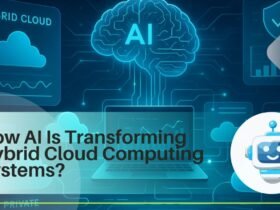
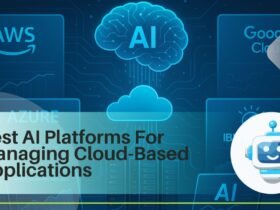



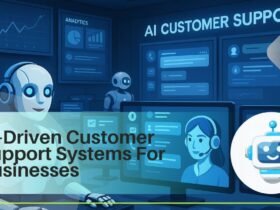

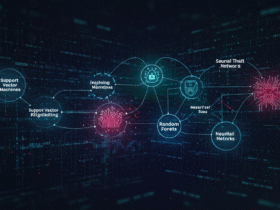




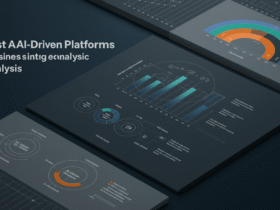


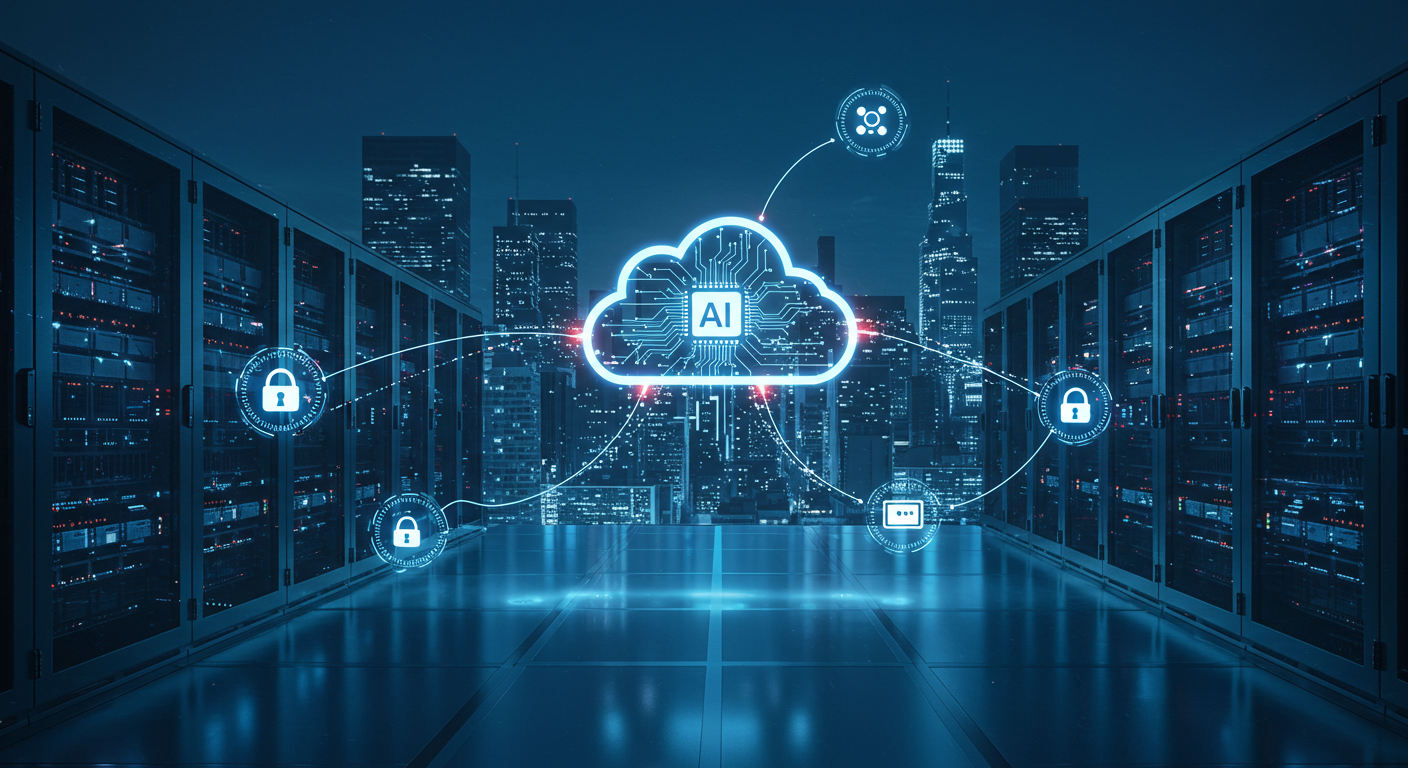
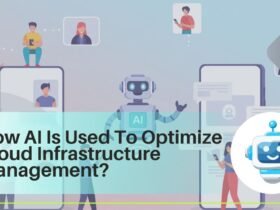

Leave a Reply